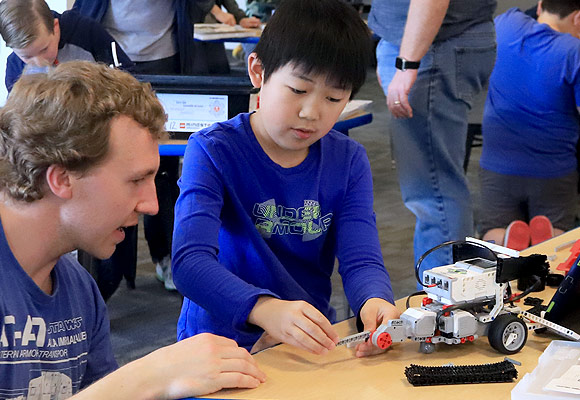
Calendar of Events
Past Events › Exploration Station

Exploration Station: Fossils
Touch and explore real fossils and learn about the fossilization process in this quick, hands-on activity. You’ll also have the chance to make your own fossil imprint fossil to keep. Exploration Station activity available 10:30am to 4:30pm.
Find out more »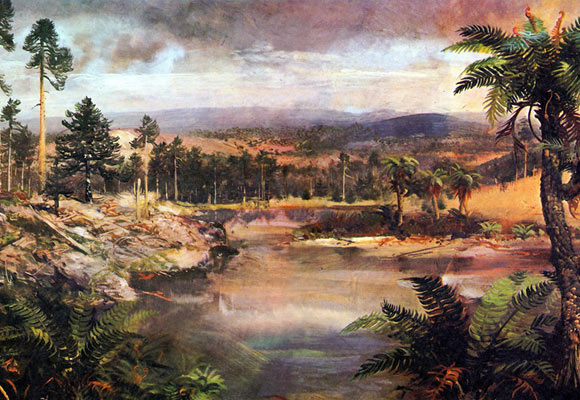
Exploration Station: When Did Dinos Live?
Stop by this hands-on activity to learn more about the land where dinosaurs lived. You’ll explore the landscape they inhabited and understand how relatively recently they roamed the Earth, especially when you consider the age of our universe. Activity available 11:30am – 1:30pm.
Find out more »
Exploration Station: When Did Dinos Live?
Stop by this hands-on activity to find out about the land where dinosaurs lived. You’ll explore the landscape they inhabited and understand how recently they roamed the Earth, especially when you consider the age of our universe. Activity available 12:30 – 2:30pm
Find out more »
Exploration Station: When Did Dinos Live?
Stop by this hands-on activity to find out about the land where dinosaurs lived. You’ll explore the landscape they inhabited and understand how recently they roamed the Earth, especially when you consider the age of our universe. Activity available 11:30am – 1:30pm
Find out more »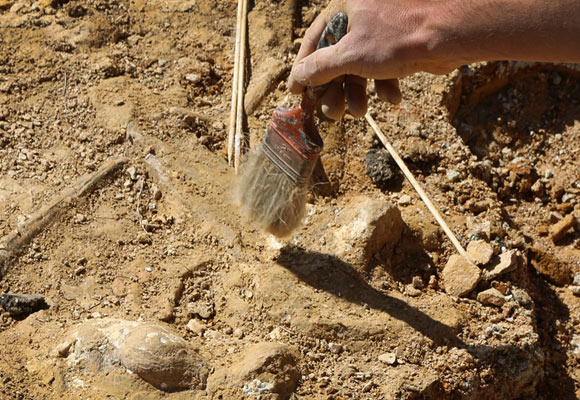
Exploration Station: Excavate Sue
An event every day that begins at 7:30 pm, repeating until December 30, 2017
Stop by this quick, hands-on activity to learn about excavation techniques like those used when A T. rex Named Sue was discovered. Activity available 11:30am to 1:30pm.
Find out more »
Exploration Station: Excavate Sue
Stop by this quick, hands-on activity to learn about excavation techniques like those used when A T. rex Named Sue was discovered. Activity available 11:30am to 1:30pm.
Find out more »
Exploration Station: Dino DNA and You
An event every day that begins at 7:30 pm, repeating until January 6, 2018
Stop by this quick, hands-on activity to explore how DNA works as a blueprint for life and how your human DNA relates so closely to that of a Tyrannosaurus rex like “Sue!” Activity available 11:30am to 1:30pm.
Find out more »
Exploration Station: Could You Outsmart a T. rex?
Stop by this quick, hands-on activity to learn how the human brain compares to the T. rex brain. You’ll have the chance to compare a model of a human brain with a model of a T. rex brain and find out what scientists theorize about a T. rex’s brain capacity. Activity available 11:30am to 1:30pm.
Find out more »
Exploration Station: Could You Outsmart a T. rex?
An event every day that begins at 7:30 pm, repeating until January 11, 2018
Stop by this quick, hands-on activity to learn how the human brain compares to the T. rex brain. You’ll have the chance to compare a model of a human brain with a model of a T. rex brain and find out what scientists theorize about a T. rex’s brain capacity. Activity available 11:30am to 1:30pm.
Find out more »
Exploration Station: When Did Dinos Live?
An event every day that begins at 7:30 pm, repeating until January 15, 2018
Stop by this hands-on activity to find out about the land where dinosaurs lived. You’ll explore the landscape they inhabited and understand how recently they roamed the Earth, especially when you consider the age of our universe. Activity available 11:30am – 1:30pm
Find out more »
Exploration Station: When Did Dinos Live?
Stop by this hands-on activity to find out about the land where dinosaurs lived. You’ll explore the landscape they inhabited and understand how recently they roamed the Earth, especially when you consider the age of our universe. Activity available 12:30 – 2:30pm
Find out more »
Exploration Station: Sounding Rockets
Stop by this hands-on activity to learn about how some rockets carry science tools—not scientists—into space, and how a special kind of rocket called “sounding rockets” can be used for quick, low-flying scientific missions into space. You can build and launch your own air rockets to help imagine the challenges and triumphs of engineering spacecraft and launching them into a specific region of the space above our planet. Activity available 11:30am – 1:30pm
Find out more »
Exploration Station: Magnetic Fields
Stop by this hands-on activity to see how scientists can use tools to study the invisible magnetic fields of Earth, the Sun, and other objects in the universe. You’ll learn how the Sun’s magnetic field extends far out into space and sends bursts of magnetic energy across the solar system, while Earth’s strong magnetic field helps protect life on our planet from dangerous solar and cosmic radiation. Activity available 12:30 – 2:30pm
Find out more »
Exploration Station: Craters
Stop by this hands-on activity to that demonstrates how craters form, and what they can teach us about the history and composition of planets and moons. By dropping objects of various sizes and shapes into a tub full of sand and other materials, you’ll simulate the formation of a meteorite crater, and then study the craters using special tools. Scientists use similar methods to study the geological processes on other planets, moons, and asteroids. Activity available 11:30am – 1:30pm
Find out more »
Exploration Station: Paper Mountains
Stop by this hands-on activity to explore the way the shape of the land and the pull of gravity influence how water moves over Earth. By making unique mountain models from crumpled paper and watching how water moves across them, you can act as an Earth scientist, using your observations to make predictions about the future of our planet. Activity available 11:30am – 1:30pm
Find out more »
Educator Appreciation Buttons
Stop by this exploration station to create a wearable celebration of your favorite educator. Wear the button you create, or give it to the favorite educator in your life, to say thanks for helping foster a love of lifelong learning, just like The Discovery!
Find out more »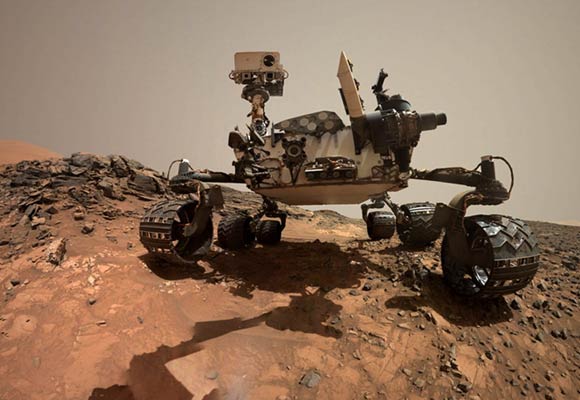
Exploration Station: Mars Rover
In this Exploration Station, participants will learn about how scientists and engineers use robotic rovers and other vehicles to explore distant worlds, and experience some of the challenges and teamwork required to navigate a rover across the surface of a planet millions of miles away. Players acting as “Mission Control” and a “Rover” must work together to navigate a large obstacle course. Participants can also design their own rover to overcome the particular challenges of exploring a distant planet.
Find out more »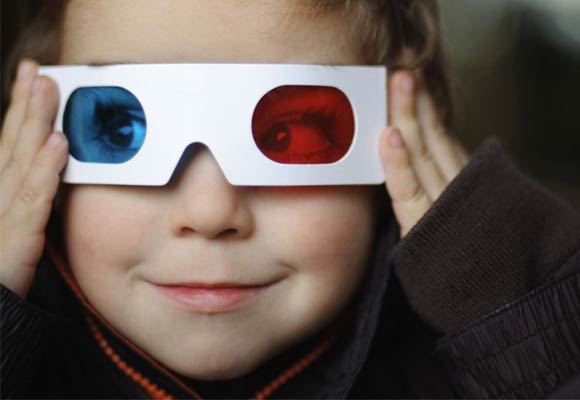
Exploration Station: Mars Rover 3-D Glasses
Did you know the Curiosity Mars rover takes 3-D photos by using its cameras like left and right eyeballs, snapping photos from two slightly different perspectives. When NASA tints the two images, one red and one blue, and combines them, we can see 3-D views of Mars. In this activity you’ll make your own pair of 3-D glasses you can use to look at stellar scenes from Earth to Mars and beyond.
Find out more »
Exploration Station: Mars Rover
In this Exploration Station, participants will learn about how scientists and engineers use robotic rovers and other vehicles to explore distant worlds, and experience some of the challenges and teamwork required to navigate a rover across the surface of a planet millions of miles away. Players acting as “Mission Control” and a “Rover” must work together to navigate a large obstacle course. Participants can also design their own rover to overcome the particular challenges of exploring a distant planet.
Find out more »
Exploration Station: Mars Rover 3-D Glasses
Did you know the Curiosity Mars rover takes 3-D photos by using its cameras like left and right eyeballs, snapping photos from two slightly different perspectives. When NASA tints the two images, one red and one blue, and combines them, we can see 3-D views of Mars. In this activity you’ll make your own pair of 3-D glasses you can use to look at stellar scenes from Earth to Mars and beyond.
Find out more »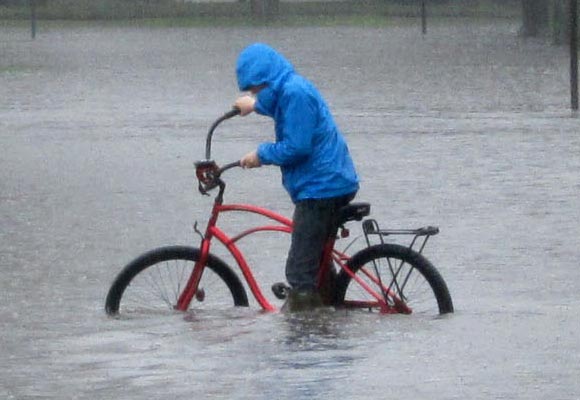
Exploration Station: All About Floods
Join scientists from Nevada Division of Water Resources to explore research and planning related to floodplain modeling and stormwater management. View a floodplain model demonstration, check out a flash flood virtual reality simulation, play a video game called Flood Fighter: Nevada, and learn more about stormwater pollution & flooding.
Find out more »
Microscopic Exploration
Reno, NV 89501 United States
Visit The Discovery to explore things are an incredibly small scale! Using microscopes and accompanying slides, you can take an enlightening dive into the microscopic world. Under expert guidance, participants will learn how to operate microscopes and examine various slides, ranging from plant cells to microorganisms, gaining an appreciation for the complexity and diversity of life at the microscopic level.
Find out more »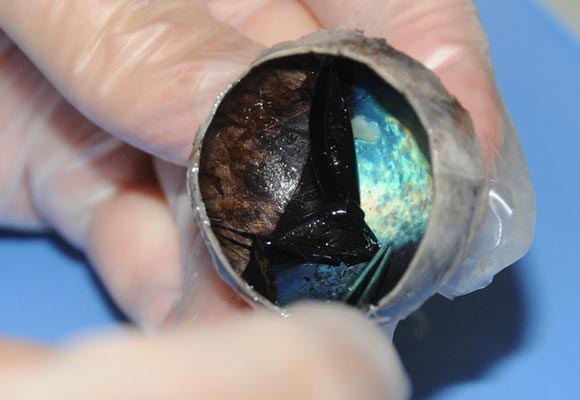
Cow Eye Dissection
Reno, NV 89501 United States
Learn interesting and surprising things about your own eyes and how they work when you witness the dissection of a bovine (cow) eye. Museum Educators will perform the dissection a cow’s eyeball to reveal how the many parts work together to provide vision. Note: This demonstration contains material that may be sensitive for younger museum visitors. Parents/caregivers should exercise discretion when attending this demonstration.
Find out more »
Microscopic Exploration
Reno, NV 89501 United States
Visit The Discovery to explore things are an incredibly small scale! Using microscopes and accompanying slides, you can take an enlightening dive into the microscopic world. Under expert guidance, participants will learn how to operate microscopes and examine various slides, ranging from plant cells to microorganisms, gaining an appreciation for the complexity and diversity of life at the microscopic level.
Find out more »
